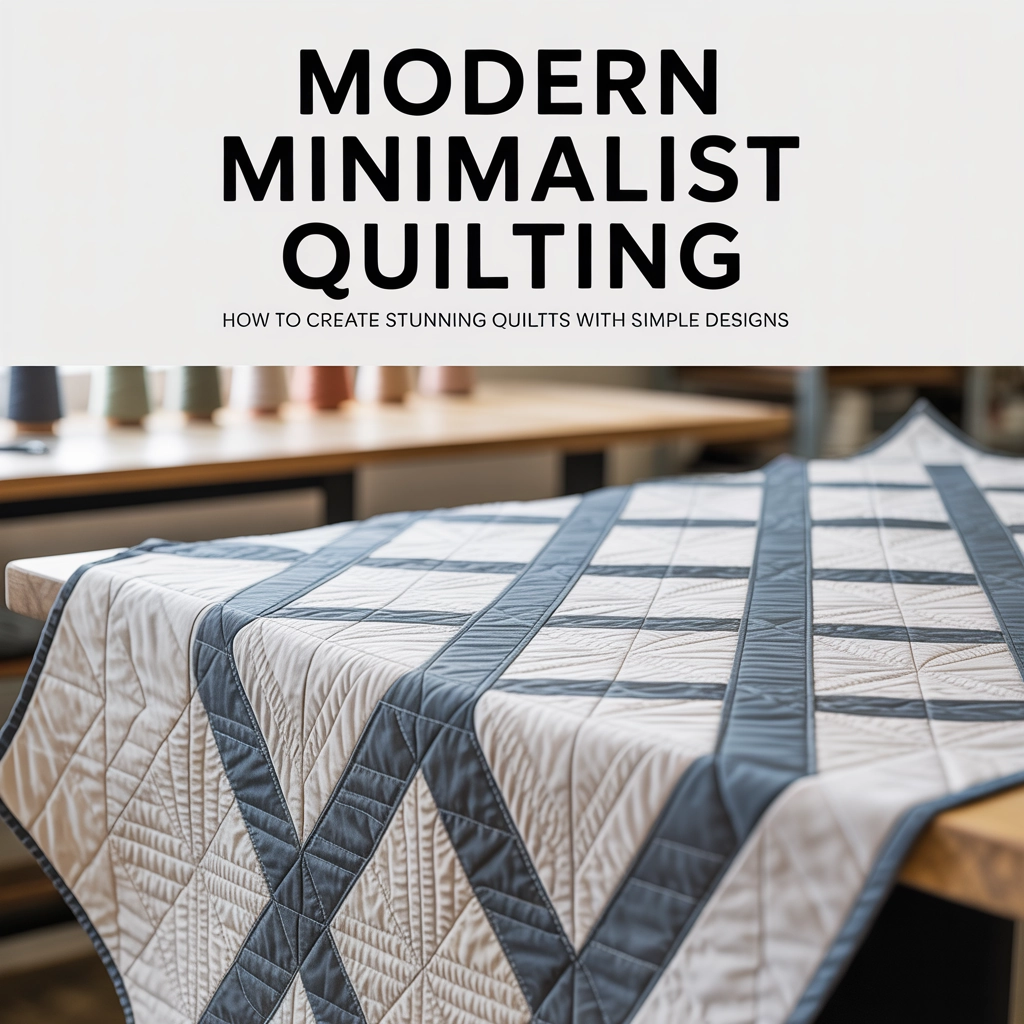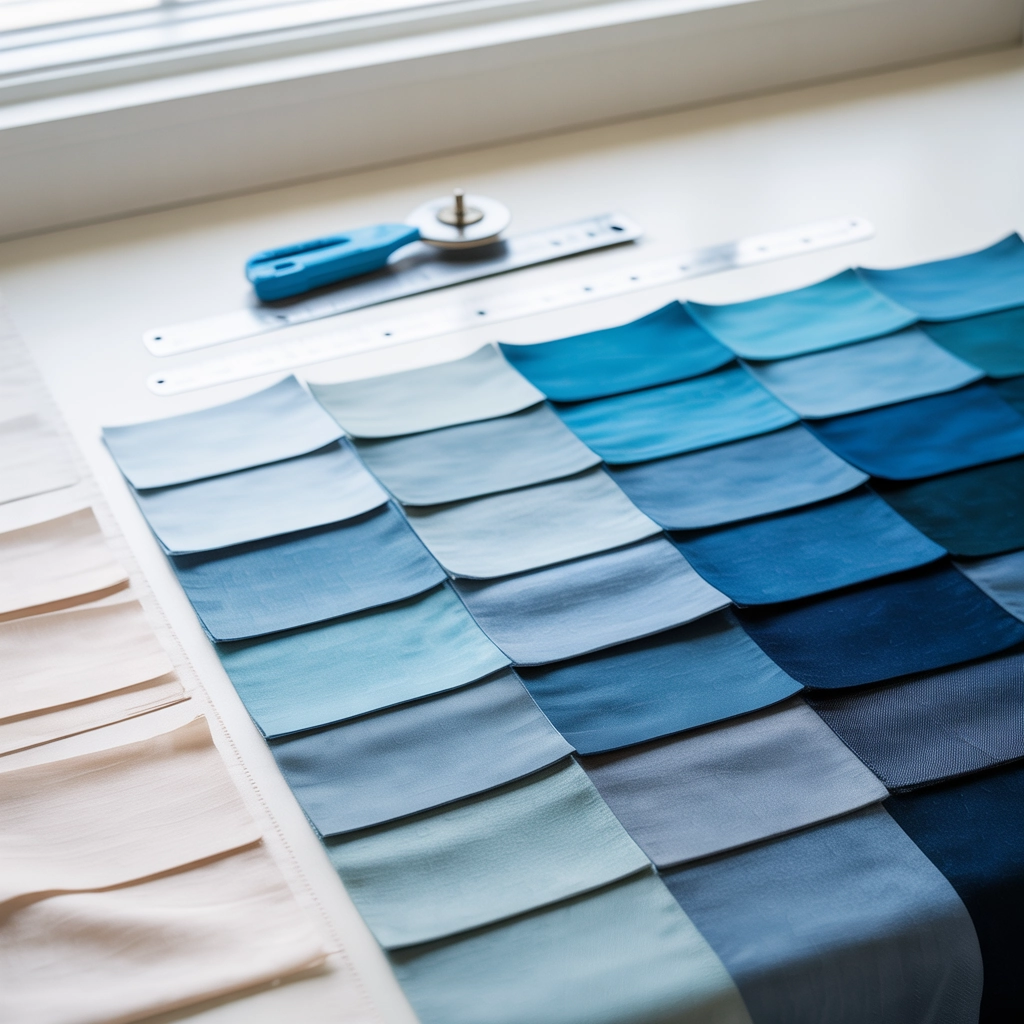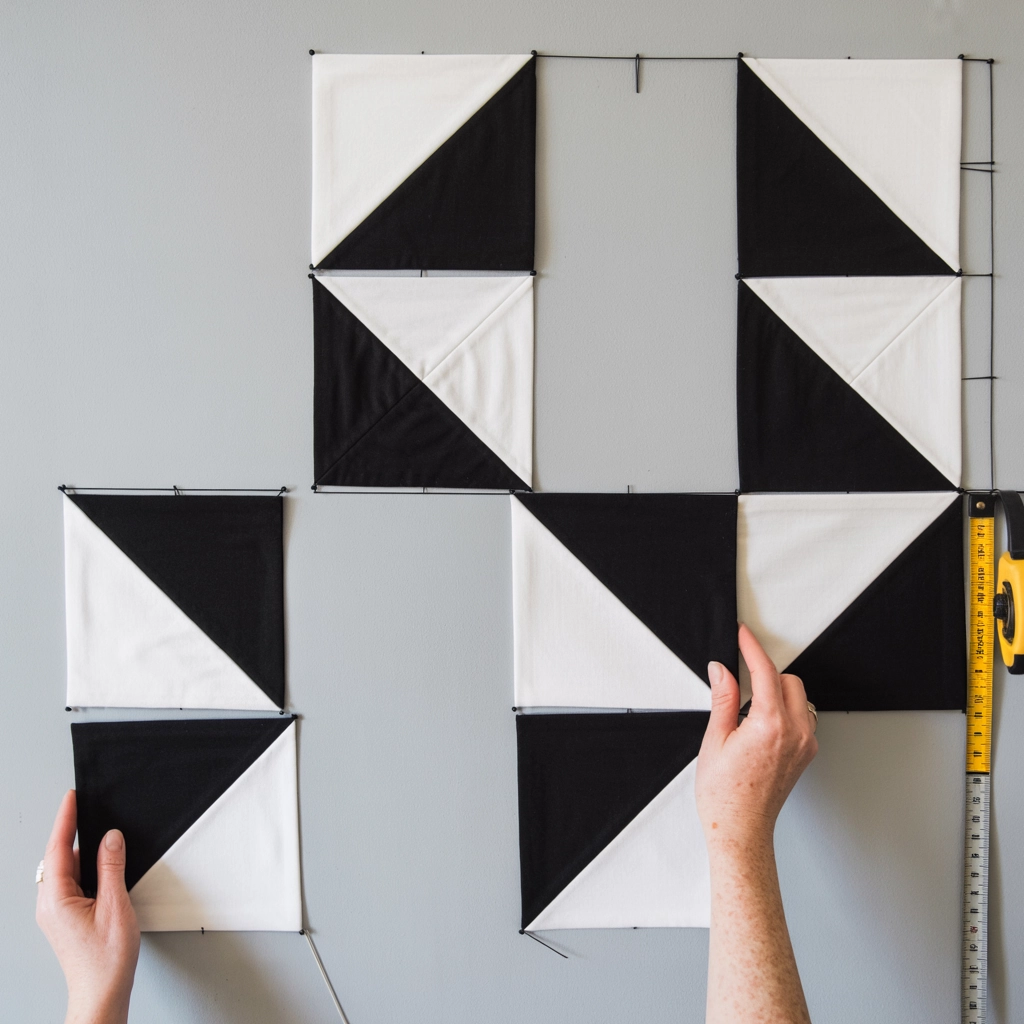Approx - 2 Weeks
Approx - 2 Weeks (14 Days)


Ever stared at a quilt with so many tiny pieces and intricate patterns that it made your head spin? While those traditional masterpieces deserve all the applause they get, there's something refreshingly powerful about the modern minimalist approach to quilting.
Here at Countryside Quilts, we've seen a significant shift toward cleaner, simpler designs that pack just as much visual punch as their more complex cousins. The beauty of minimalist quilting isn't just in its striking appearance—it's also more approachable for beginners and faster to complete for quilters with busy lives (and who doesn't have a busy life these days?).
But don't mistake "simple" for "boring" or "easy." Creating a stunning minimalist quilt requires thoughtful design, precise execution, and an eye for balance. Let's dive into how you can create these contemporary showstoppers with less fuss and fewer pieces.
Modern minimalist quilting embraces several key principles that set it apart from traditional quilting:
The minimalist approach isn't new—it draws inspiration from mid-century modern design, Japanese aesthetics, and contemporary art movements. What makes it especially appealing today is how it fits our modern sensibilities: clean, uncluttered, and focused on what truly matters.
When you're working with fewer elements, each color choice carries more weight. Here's how to make those choices count:
Nothing says modern quite like stark black and white. Add a single bold accent color—like sunshine yellow or vibrant coral—and you've got instant drama. This approach works particularly well for graphic designs and statement pieces.
Explore the subtle variations within a single color family. A quilt made entirely of blue fabrics—from pale sky to deep navy—creates sophisticated depth while maintaining cohesion. This approach is surprisingly challenging but immensely rewarding.
Select colors that sit next to each other on the color wheel for a harmonious, contemporary look. Think blues and greens or oranges and yellows. This approach creates movement and interest while still feeling intentionally restrained.
Don't underestimate the power of neutrals. Creams, grays, and taupes can create stunning quilts, especially when you play with subtle texture variations. Add just one saturated color for a modern punch that elevates the entire design.

With minimalist designs, every fabric is on display—there's nowhere to hide inferior materials. Consider these factors when selecting your fabrics:
Since minimalist quilts often feature large blocks of fabric, the way the material feels and moves becomes even more important. Premium cotton solids typically offer the best combination of structure and softness.
When mixing manufacturers or fabric types, ensure they have similar weights. Disparities become more noticeable in simpler designs, potentially causing buckling or uneven wear over time.
While solids dominate minimalist quilting, subtle prints can add dimension. Consider tone-on-tone prints, small-scale geometrics, or textured fabrics that read as solids from a distance but reveal complexity up close.
You'll likely use fewer total yards in a minimalist quilt, which means you can often afford to splurge on higher-quality materials. This is especially true for background fabrics that might comprise 50% or more of your quilt.
Ready to try your hand at minimalist quilting? These designs offer dramatic results without complicated piecing:
Take a traditional block pattern—like a Sawtooth Star or Ohio Star—and super-size it. Instead of making a quilt with dozens of 6-inch blocks, create one dramatic 36-inch block centered on a solid background. The scale transformation instantly modernizes the traditional pattern.
Simple strips of varying widths placed asymmetrically create dynamic movement. Try positioning strips slightly off-center or at an angle for added interest. This design works beautifully with an ombré effect or gradient color arrangement.
Channel your inner Mondrian with improvised rectangles and squares in a limited palette. The beauty of this approach is its forgiving nature—no precise measurements needed! Let the composition evolve organically as you work.
Start with a large piece of solid fabric and insert a few strategic "fracture lines" using contrasting fabrics. These interruptions, often angular or lightning-bolt shaped, create visual interest while maintaining simplicity.
Place simple geometric shapes—circles, triangles, or rectangles—seemingly randomly across a solid background. The negative space becomes as important as the shapes themselves. This approach works well for wall hangings and modern baby quilts.

The quilting itself—those stitches that hold your three layers together—plays a crucial role in minimalist designs. Since there's less piecing to hide behind, your quilting becomes a major design element.
Nothing complements geometric piecing quite like clean, straight quilting lines. Options include:
Varying the density of your quilting creates subtle zones that add depth without disrupting your minimalist aesthetic. Try dense quilting in negative spaces while leaving pieced areas with simpler quilting.
Don't feel limited to straight lines! Gentle curves created with a walking foot (rather than free-motion) maintain the clean, controlled aesthetic of minimalist designs while adding organic elements.
In minimalist quilts, the background becomes a canvas for quilting artistry. Consider echo quilting around your main elements, gradually expanding outward into the negative space.
Let's put these principles into practice with a simple but striking quilt project perfect for beginners:
Materials:
Instructions:
Cut your fabrics. From both your background and contrasting fabrics, cut four 18-inch squares.
Create HSTs. Place one background square and one contrasting square right sides together. Draw a diagonal line from corner to corner. Stitch ¼ inch away from both sides of the line. Cut along the drawn line. Press open. Repeat with remaining squares to create 8 large half-square triangles.
Arrange asymmetrically. Instead of creating a traditional grid, position your HSTs in an offset arrangement. Perhaps cluster them toward one corner or create a diagonal drift across the quilt.
Add negative space. Cut additional background fabric to fill out your desired quilt size, creating ample negative space around your HST arrangement.
Piece together. Sew your composition into rows, then join the rows.
Quilt simply but intentionally. Try straight-line quilting spaced 2 inches apart, running perpendicular to the main directional movement of your HSTs.
Bind with impact. Choose either your background color for a seamless edge or your contrast color for a frame-like effect.
The result? A sophisticated, gallery-worthy quilt that belies its simple construction.

Even with simpler designs, there are challenges to navigate:
With fewer elements, any wobbles or misalignments become more noticeable. Measure twice, cut once, and press meticulously between steps.
Many quilters feel compelled to fill every inch with pattern. Resist this urge! Negative space is a powerful design element—trust it to do its job.
Minimalist piecing offers a canvas for quilting artistry. Don't be afraid to go bold with your quilting design, as it adds another layer of interest to simple piecing.
With fewer colors in play, make sure they truly work together. Test your combinations in good lighting before committing.
The beauty of minimalist quilting is how it creates space for personal expression despite its restraint. Here are ways to put your stamp on minimalist designs:
In our complex, overstimulated world, minimalist quilts offer visual rest and contemplative focus. They remind us that beauty often emerges not from adding more, but from taking away until only the essential remains.
These quilts also connect us to broader design movements and art traditions, elevating quilting from craft to contemporary art form. Whether you're creating for your home, as gifts, or for gallery display, minimalist quilting offers accessible sophistication.
At Countryside Quilts, we stock premium solid fabrics perfect for minimalist projects, along with curated bundles that take the guesswork out of color selection. Our team can help you select the perfect materials for your minimalist vision—whether you're a seasoned quilter looking to simplify or a beginner attracted to modern aesthetics.
Stop by our shop to see samples of minimalist quilts in person, or check out our Basic Sewing blog for more quilting tutorials and inspiration. Remember—sometimes the simplest approach creates the most stunning results!
What minimalist quilt design are you inspired to try first? We'd love to see your creations!
{"one"=>"Sélectionnez 2 ou 3 articles à comparer", "other"=>"{{ count }} éléments sélectionnés sur 3"}
Sélectionnez le premier élément à comparer
Sélectionnez le deuxième élément à comparer
Sélectionnez le troisième élément à comparer
Laisser un commentaire